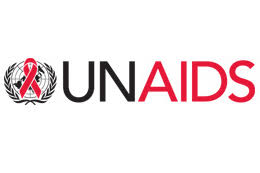2024 UNAIDS Global AIDS Update:

The 2024 UNAIDS Global AIDS Update, titled “The Urgency of Now: AIDS at a Crossroads”, presented a critical overview of the current state of the HIV/AIDS epidemic and the global response to it.
- The report underscores the potential to end AIDS as a public health threat by 2030, emphasising the necessity of addressing inequalities, increasing access to prevention and treatment, and ensuring sustainable resources.
- There has been a 39% reduction in new HIV infections globally since 2010, with sub-Saharan Africa achieving the steepest decline (56%).
- In 2023, fewer people acquired HIV than at any point since the late 1980s, and almost 31 million people were receiving antiretroviral therapy (ART).
- AIDS-related deaths have decreased to their lowest level since the peak in 2004, largely due to increased access to ART.
- While sub-Saharan Africa has seen significant progress, regions such as Eastern Europe, Central Asia, Latin America, and the Middle East and North Africa have experienced rising numbers of new HIV infections.
- For the first time, more new HIV infections occurred outside sub-Saharan Africa than within it.
- Key populations, including sex workers, men who have sex with men, people who inject drugs, transgender people, and people in prisons, continue to face high risks of HIV infection due to inadequate prevention programs and persistent stigma and discrimination.
- Community-led interventions are critical but often underfunded and unrecognized.
- HIV prevention efforts are falling short, with notable deficiencies in access to services like pre-exposure prophylaxis (PrEP) and harm reduction for people who inject drugs.
- About 9.3 million people living with HIV are not receiving ART, with children and adolescents particularly affected.
UNAIDS:
- UNAIDS is a model for United Nations reform and is the only cosponsored Joint Programme in the United Nations system.




